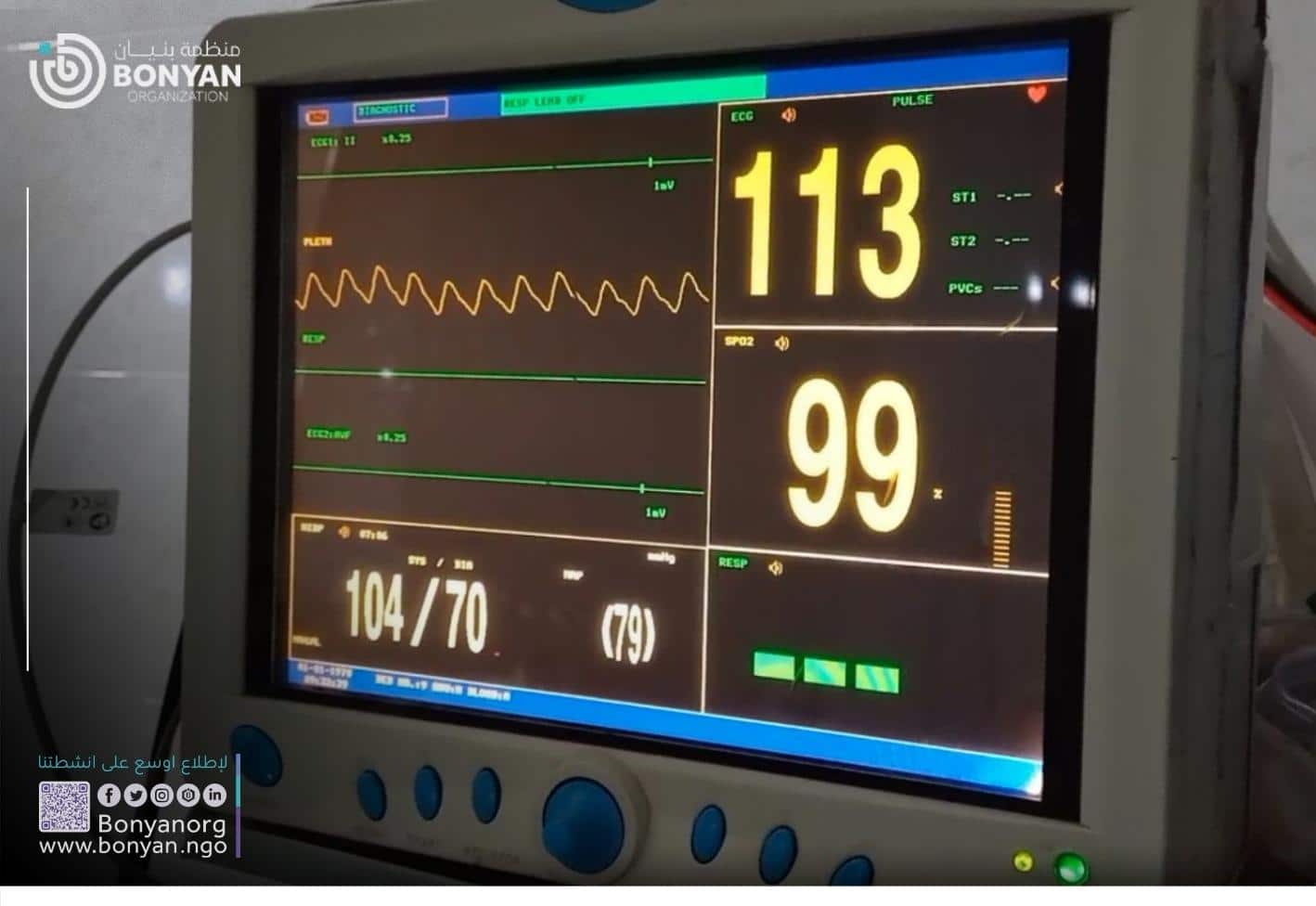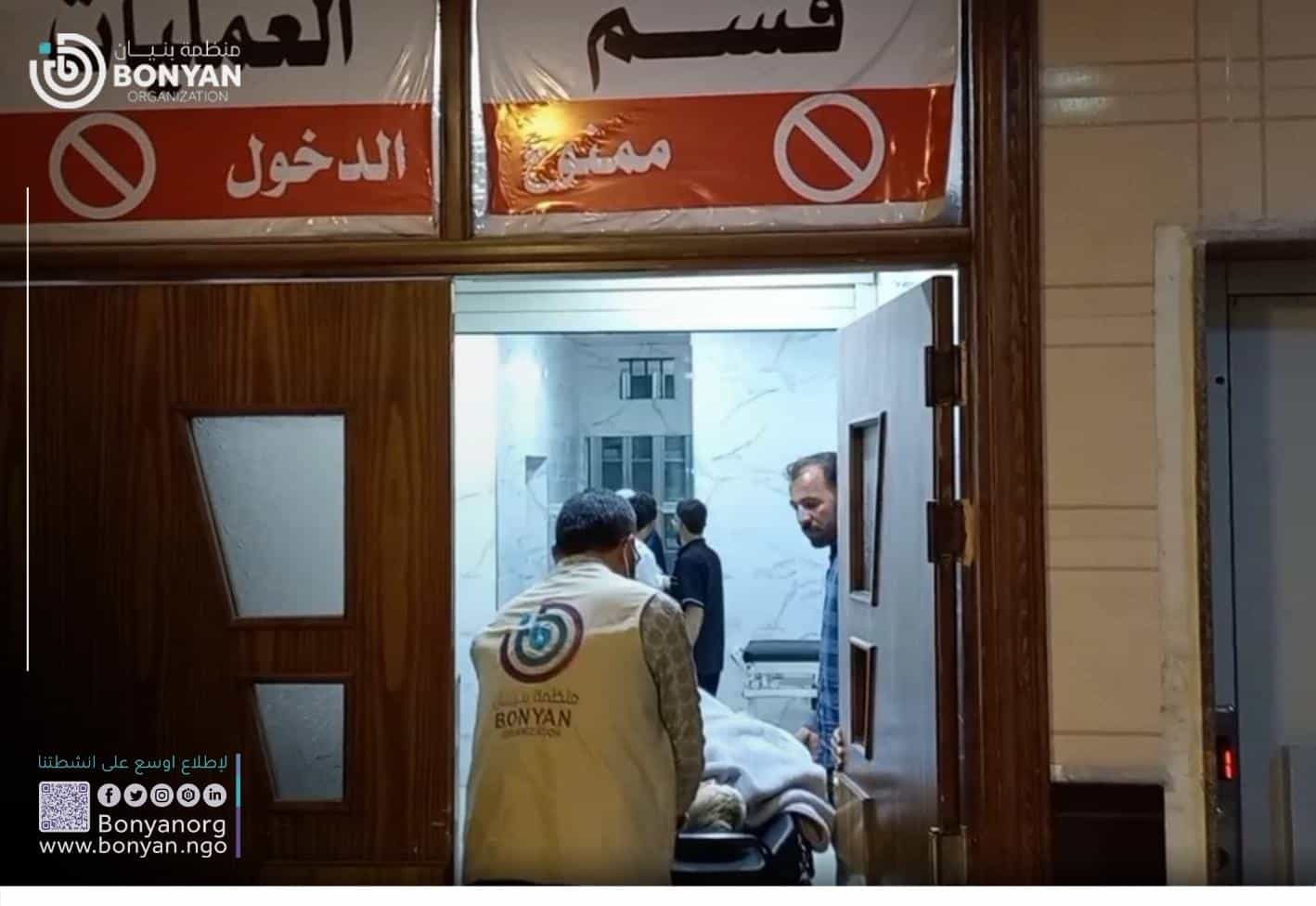Health System in Yemen
The health system in Yemen is currently suffering from the consequences of prolonged and ongoing armed conflict, which led Yemen to economic decline, health system, and institutional collapse.
The availability of functioning health infrastructures, such as hospitals and primary care centers, has dwindled under the weight of conflict. A significant share of the population has challenges with access to health care.
Currently, only 50% of health facilities are fully functional, and over 80% of the population faces significant challenges in reaching food, drinking water, and access to health care services. Shortages of human resources, equipment, and supplies are severely hindering healthcare provision. Furthermore, the conflict has exacerbated health challenges and resulted in weak governance for the healthcare sector.
Priorities of the Health Sector in Yemen
Since the health sector, with its workers and facilities, is dependent mainly on incentives offered by the humanitarian actors to sustain the health services for the population, the priority now is focused on;
- Providing sustainable donations and increasing public awareness of the health crisis in Yemen.
- Provide easy access to clean water and decent nutrition.
- Provide human resources, medicine, medical equipment, and essential medical supplies.
- Restore the destroyed health facilities, or build new ones.
- Provide financial resources to the health workers and facilities.
Difficulties in the Provision of Health Service
The health system in Yemen has been highly weakened after six years of protracted conflict.
About half of the health facilities in the country are out of service, while many of the functioning centers have minimal capacities.
Difficulties in the provision of health services are reflected through worsening health outcomes.
Reporting on the health status of Yemenis points to deteriorating health conditions amidst the ongoing conflict. These include high levels of child malnutrition, low immunization rates, and outbreaks of communicable diseases. Maternal and child health are particularly affected by the worsening situation, with the latest estimates pointing to one mother and six newborns dying every two hours. Additionally, the conflict has also taken a direct toll on the population’s health. It is now estimated to be the third leading cause of death in Yemen, following ischemic heart disease and neonatal disorders.

Needs of the Health System in Yemen
Due to the violent conflict, millions of people lack healthcare access. More than 80% of the population needs humanitarian assistance. Moreover, healthcare needs are spiking due to COVID-19, widespread acute malnutrition, poverty, and other effects of the conflict.
Some of the essential needs to fulfill are;
- Medicine, medical supplies, and equipment.
- Rehabilitation of hospitals and healthcare facilities.
- Prevention and control of the series of disease outbreaks of COVID-19, cholera, diphtheria, and other transmitted diseases.
- Financial assistance through donation campaigns.
Gaps
Some of the significant gaps that humanitarian organizations and civil society communities are facing in the process of providing aid to the population in Yemen are;
- Lack of funding and financial resources.
- Shortage of medical workers.
- Hardships of reaching some places due to its environmental nature.
- The ongoing conflicts in most areas of Yemen.
The Situation of Health Facilities
According to a report done by ICRC regarding the healthcare crisis in Yemen;
- More than (50%) of healthcare facilities are out of service.
- Less than (50%) of functioning centers have minimal capacities.
- All healthcare facilities lack many of the essential equipment and supplies.
- Most medical facilities and centers are overstretched and under-capacitated.
- And over 20 million people lack access to basic healthcare.
Unprecedented Challenges, Such as COVID-19
Yemen has faced a series of disease outbreaks over recent years, including cholera, diphtheria, and currently, the Covid-19 pandemic, putting the country’s health care system, already strained by years of underinvestment and lack of supplies and equipment for life support, in disarray.

More waves of Covid-19 will further exacerbate the humanitarian situation. They will add further strain on the already exhausted health staff members and under-equipped health facilities to deal with an increase of Covid-19 patients who would require specialized Covid-19 health care.
Bonyan Response in Health Sector in Yemen
Bonyan Organization is putting great efforts into providing the essential healthcare needs to the neediest in Yemen. Bonyan Organization covers;
- The cost of medical examinations for needy families in areas that lack free medical services.
- The prices of medicines.
- And the costs for minor surgeries if necessary.
Read More:
FAQ
What Are the Health Issues in Yemen?
Yemen faces many health issues and a series of disease outbreaks, such as; cholera, diphtheria, the Covid-19 pandemic, high levels of maternal and child malnutrition, and low immunization rates.
What Is the Current Situation in Yemen?
Yemen is experiencing the world’s worst food security crisis, with 20.1 million people—nearly two-thirds of the population—requiring food assistance at the beginning of 2020.
What Type of Health Care System Does Yemen Have?
More than 50% of the hospitals and medical facilities are destroyed, and most of the remaining health centers have minimal financial capacities.



